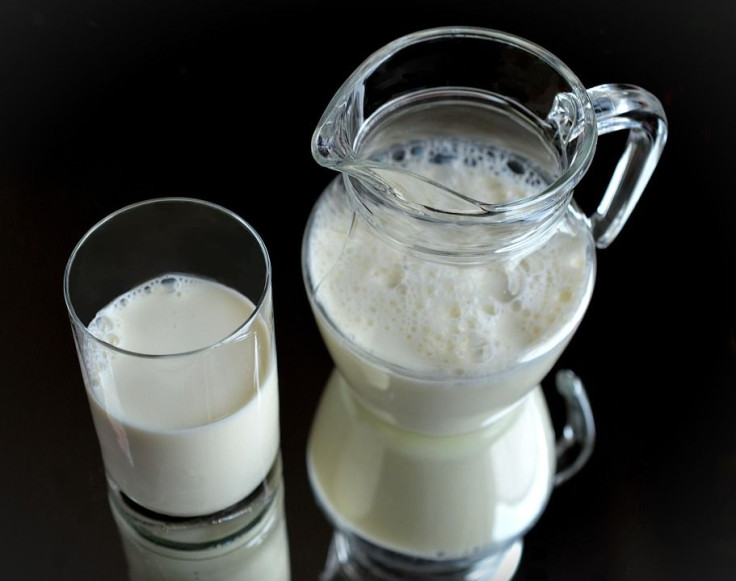A Short Guide To Reading A Milk Label: Fat Content, Lactose, Or Raw, Plus Other Terms On The Carton

In a recent federal court case, Ocheesee Creamery fought to keep their additive-free milk labeled as “skim milk.” Skim milk is usually plain milk with the cream removed; however, the Florida Department of Agriculture says otherwise. According to them, if you sell milk labeled as skim, you’re required by law to add Vitamin A to replace what was removed during the skimming process.
Florida wanted the creamery to label their products as “imitation” because no vitamins were added to it, but the family-owned, all-natural creamery left the courthouse with a win. In an appeals court, the judge ruled it was unconstitutional to forbid the creamery from using the term “skim milk,” as they were not misleading consumers, Orlando Weekly reports.
Read: Here’s How Milk Is Made And Why We Are So Obsessed With Dairy
Buying milk shouldn’t be tricky, but it’s understandable why it may be confusing. The different types of milk you can buy seem endless — whole, 2 percent, 1 percent, fat-free, organic, lactose-free, and the list goes on. With such a wide variety, it can be hard to decipher between what’s what. Here’s some tips on how to read a milk label.
Fat Content
The most common types of dairy milk sold in the store are whole, reduced-fat (2%), low-fat (1%), and fat-free (or skim) milk. The percentages indicate how much fat is in the milk by weight. Although their fat contents differ, all of them include these nutrients: calcium, potassium, phosphorus, protein, vitamin A, vitamin D, vitamin B12, riboflavin, and niacin, according to the National Dairy Council.
Pasteurized or Raw
The milk you buy from the store is most likely pasteurized. In short, pasteurization is a process the milk goes through before hitting the shelves in the grocery store. The milk is heated at a high temperature for a short period of time to kill bacteria that can make you sick, according to the Centers for Disease Control and Prevention.
Raw milk refers to milk that has not been pasteurized and has come straight from the cow, goat, sheep, or other animal. It’s legally available in retail stores in thirteen states. To see if raw milk is legal where you live, check out this interactive map.
Lactose-Free
Lactose-free milk is the same as regular milk, but a lactase enzyme has been added. People who are lactose intolerant will turn to this option because the added lactase aids in easier digestion of the sugar found in milk called lactose.
Nondiary Lactose-Free
Alternatives to dairy options, like cow’s milk, include soy, rice, almond, cashew, coconut, hemp, flax, and oat milk.
See also: Benefits Of Cow Milk Vs. Soy, Almond Milk: Are Milk Substitutes Healthier Than Dairy?
Health Benefits Of Non-Dairy Milk: New ‘Pea Milk’ Is Packed With Protein, Calcium



























